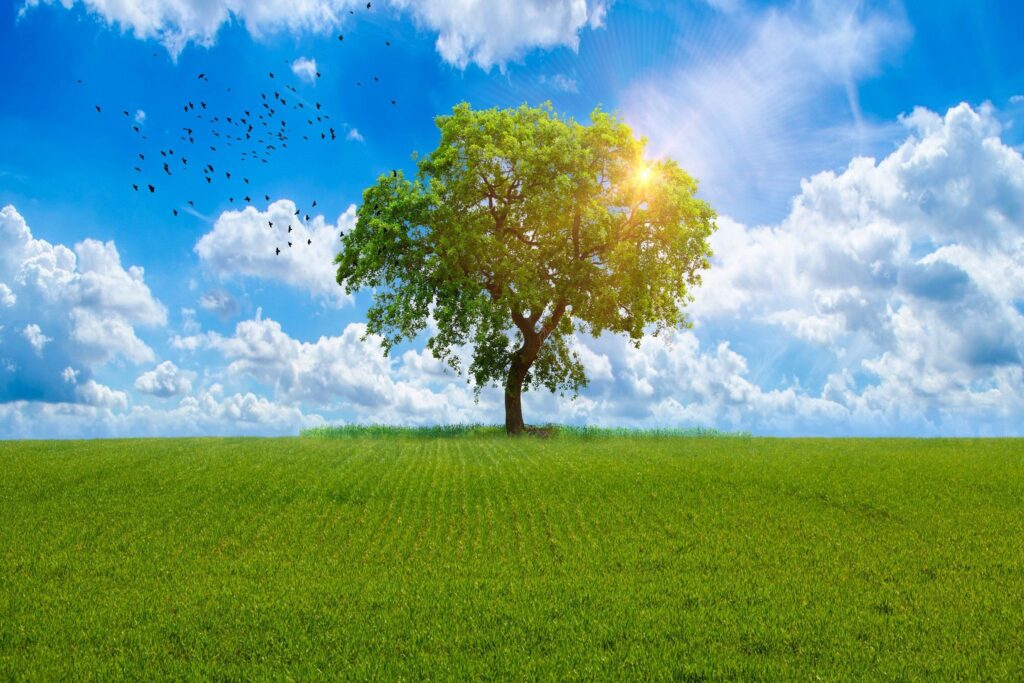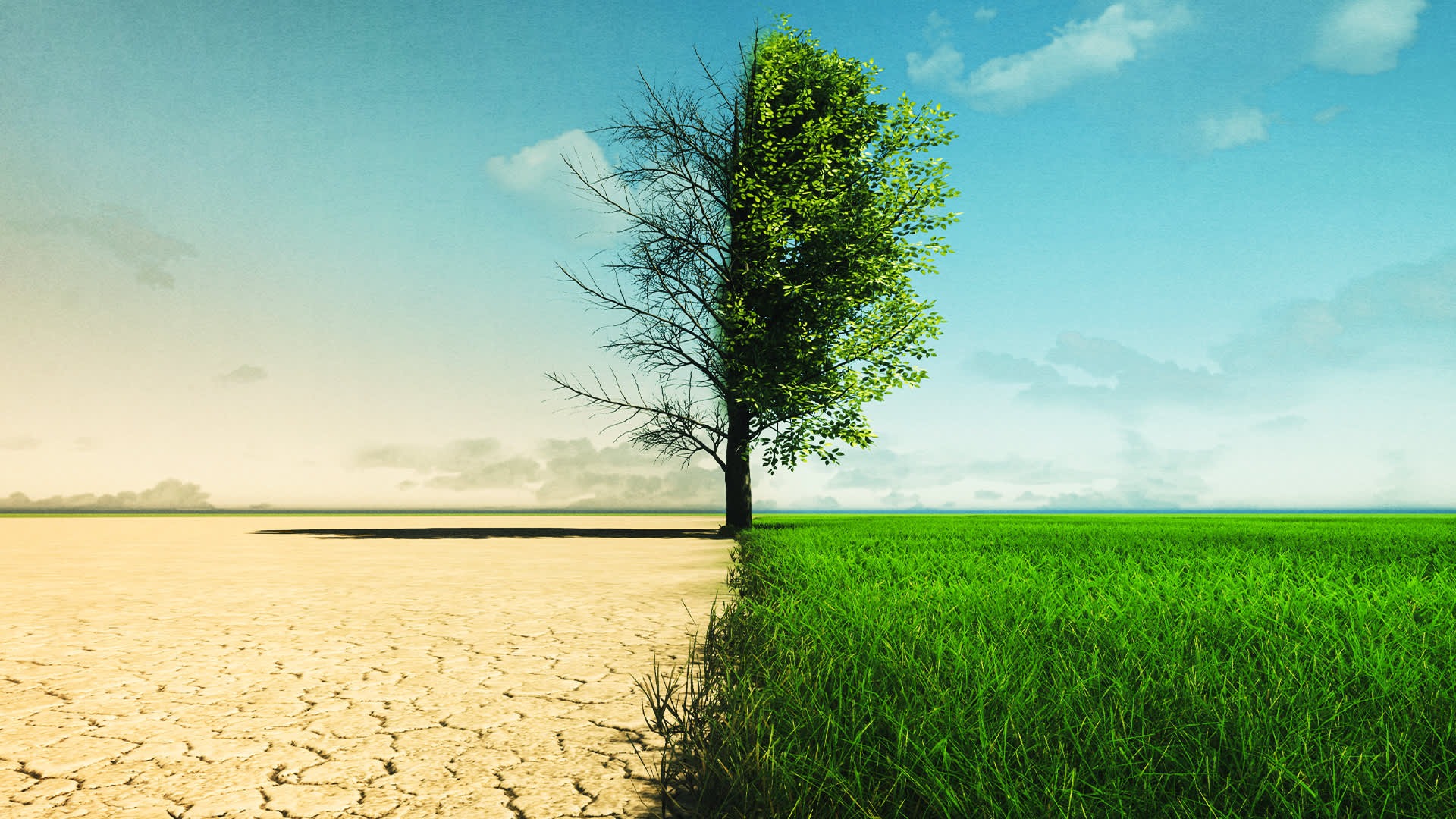StormWatch.site | Tracking Extreme Weather and Its Global Impacts
Introduction
The Earth’s climate is a complex, interconnected system influenced by oceanic currents, atmospheric conditions, and long-term weather patterns. Among the most significant drivers of global weather are Pacific Ocean temperature shifts, which can trigger cascading effects worldwide. Additionally, drought conditions and disruptions in the polar vortex contribute to extreme weather events, from scorching heatwaves to deadly cold outbreaks.
At StormWatch.site, we analyze these phenomena to provide insights into how they shape our weather—today and in the future. Below, we explore:
Pacific Ocean Temperature Shifts (ENSO & PDO)
Drought Conditions (Causes, Impacts, and Future Projections)
Polar Vortex Dynamics (How Arctic Winds Influence Global Cold Snaps)
- Pacific Ocean Temperature Shifts: ENSO & PDO
The Pacific Ocean plays a crucial role in regulating Earth’s climate through two major phenomena:

El Niño-Southern Oscillation (ENSO)
ENSO is a periodic fluctuation in sea surface temperatures (SSTs) and atmospheric pressure across the equatorial Pacific. It has three phases:
El Niño – Warmer-than-average SSTs weaken trade winds, altering global weather.
Effects: Increased rainfall in the southern U.S., droughts in Australia/SE Asia, stronger hurricanes in the Pacific.
La Niña – Cooler-than-average SSTs strengthen trade winds.
Effects: Droughts in the southern U.S., wetter conditions in Southeast Asia, more Atlantic hurricanes.
Neutral – No significant temperature anomalies.
Recent Example: The strong 2023-24 El Niño contributed to record global heat and extreme weather events.
Pacific Decadal Oscillation (PDO)
The PDO is a longer-term (20-30 year) pattern of Pacific Ocean temperature variability:
Warm Phase: Warmer western Pacific, cooler eastern Pacific.
Impacts: Wetter U.S. West Coast, milder winters in Canada.
Cool Phase: Cooler western Pacific, warmer eastern Pacific.
Impacts: Drier conditions in the U.S. Southwest, increased Arctic ice retention.
Why It Matters:
Shifts in the PDO can amplify or mitigate ENSO effects.
Influences marine ecosystems, agriculture, and hurricane activity.
- Drought Conditions: Prolonged Lack of Rainfall
Droughts are among the most devastating climate extremes, affecting water supplies, agriculture, and wildfire risks.
Causes of Drought
Natural Variability: ENSO cycles (La Niña often intensifies droughts).
Climate Change: Rising temperatures increase evaporation, worsening “flash droughts.”
Atmospheric Blocking: High-pressure systems divert storms away from regions (e.g., U.S. Southwest).
Global Drought Hotspots
Region Recent Trends Future Projections
U.S. Southwest “Megadrought” since 2000 (worst in 1,200 years) More frequent & severe droughts
Amazon Basin Deforestation reduces rainfall, increasing drought risk Potential “tipping point” to savanna
Southern Africa Increased drought frequency due to shifting rain belts Food insecurity rising
Mediterranean Drier summers, water shortages Expanded arid zones by 2100
Impacts of Drought
Agriculture: Crop failures, livestock losses (e.g., 2022 Horn of Africa famine).
Water Scarcity: Depleted reservoirs (Lake Mead, Colorado River crisis).
Wildfires: Dry vegetation fuels megafires (Australia 2019-20, Canada 2023).
Mitigation Strategies:
Improved water conservation (desalination, drip irrigation).
Early warning systems for drought prediction.
- Polar Vortex: Extreme Cold Outbreaks from Arctic Winds
The polar vortex is a large area of low pressure and cold air surrounding the poles. When it weakens or splits, frigid Arctic air spills southward.
How the Polar Vortex Works
Stable Vortex: Cold air remains confined to the Arctic.
Disrupted Vortex: Warming in the stratosphere (Sudden Stratospheric Warming – SSW) weakens the vortex, allowing polar air to escape.
Recent Polar Vortex Events
Event Impacts
February 2021 (U.S.) Texas freeze: Power grid failures, 246 deaths
January 2024 (Europe) -30°C in Scandinavia, snow in the Mediterranean
December 2022 (North America) “Bomb Cyclone” with -50°F wind chills
Climate Change Connection
Arctic Amplification: Faster Arctic warming may increase polar vortex disruptions.
Controversy: Some studies link a wavier jet stream to more frequent cold outbreaks, while others argue winters are warming overall.
Preparing for Polar Vortex Events:
Insulating homes, winterizing infrastructure.
Monitoring stratospheric temperature anomalies for early warnings.
Conclusion: A Changing Climate Demands Preparedness
From Pacific Ocean temperature shifts driving global weather extremes to prolonged droughts and polar vortex disruptions, our planet’s climate system is under stress. Understanding these patterns helps us prepare for future challenges.
At StormWatch.site, we track these developments to keep you informed. Stay ahead of extreme weather—bookmark our site for real-time updates and in-depth analysis.
Next on StormWatch:
How Jet Stream Shifts Are Making Weather More Extreme
The Growing Threat of Wet-Bulb Temperatures
Follow us for the latest climate insights!

